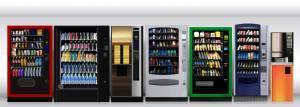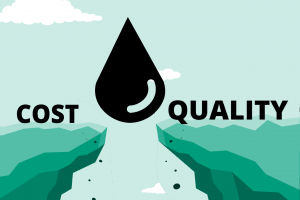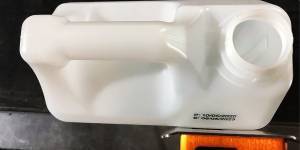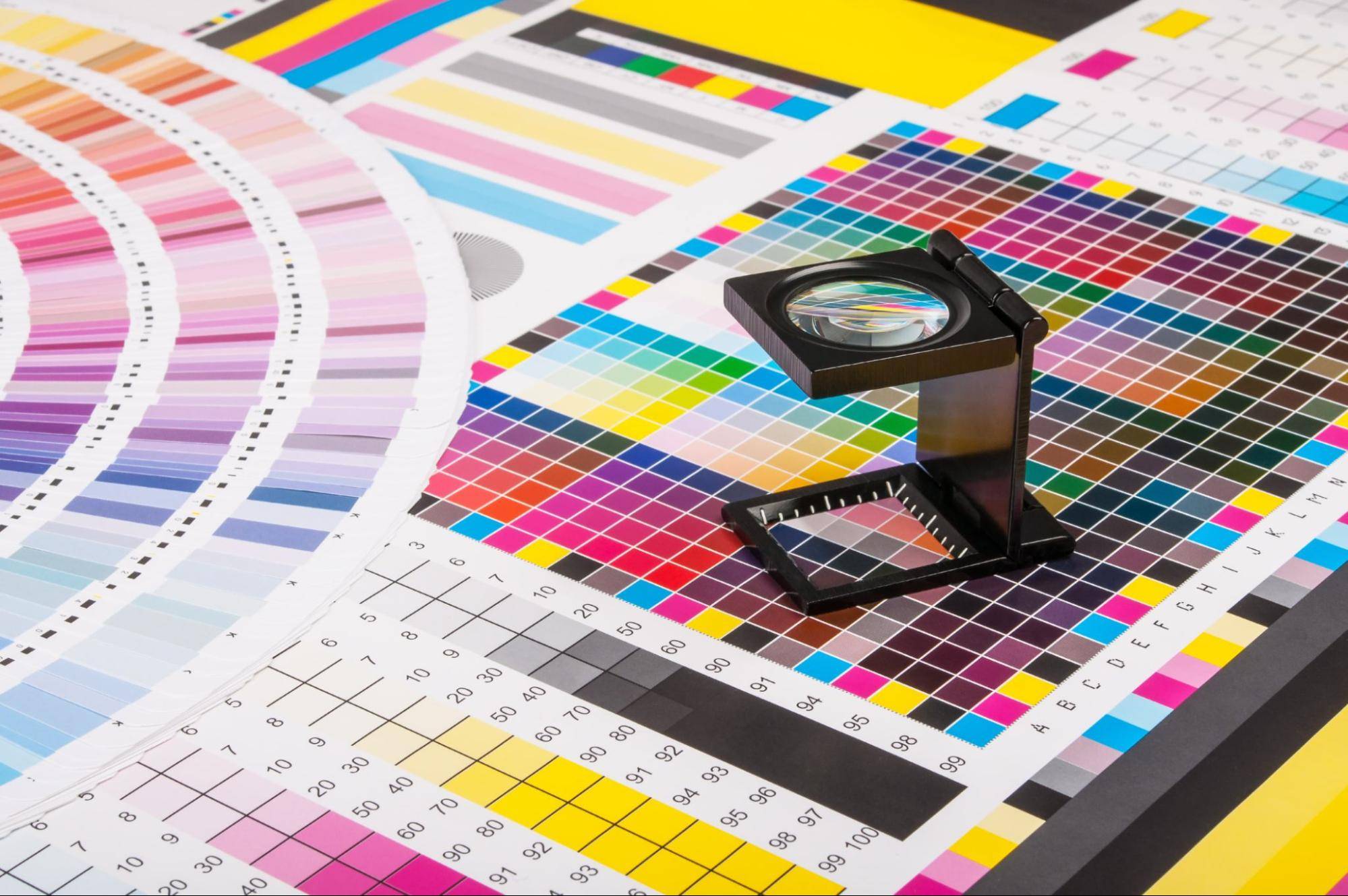
Water-based inks and LED curable inks are high-quality inkjet inks leading the digital print industry today. Both produce fast, efficient, and affordable results while being environmentally friendly. They are compatible with various applications and enhance print production capabilities.
Understanding the distinct differences and benefits that each ink provides can help you identify which inkjet technology could best fit your business and printing needs.
Why Choose Water-Based Inks for Digital Printing
Kao Collins Eco-friendly Inkjet Inks Support Sustainability
Download
Water-based inks are made with water to carry the color pigments or dyes to the substrate rather than other carrier solutions like petroleum-based chemistry. Drying time for aqueous inks is relatively longer compared to other inks.
This inkjet ink may have advantages for Fast Moving Consumer Goods (FMCG) packaging applications, including food packaging, because of the lower chemical complexity.
| Water-Based Pros | Water-Based Cons |
| Prints on many porous substrates | Not suitable for some non-porous materials.* |
| Environmentally friendly | Longer drying time |
| Low VOCs | May require drying system to improve drying or permanence |
| Regulatory compliance | Formulas not suitable for long-term outdoor exposure |
| Lower capital expense for equipment | Not resistant to alkaline exposure |
| Low cost of Ink | Downtime – Ink may dry in nozzles |
| Easier cleanup | Less vibrant colors |
| Compatibility with many printers | Susceptible to fading |
| Soft “hand” | Application on some substrates may be difficult due to water content |
| Low maintenance | May require a primer |
| Low health risk | May require lamination |
| Better versatility and ease of use |
Explore our Water-Based Inks >>
The Water-Based Exception for Printing on Non-porous Materials
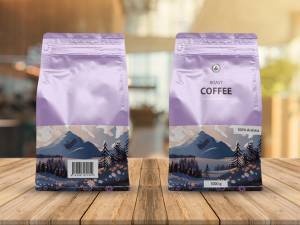 Until recently, printing on non-porous materials was all but impossible. Innovations with non-dispersion inkjet inks, like Kao Collins LUNAJET ink, make it possible.
Until recently, printing on non-porous materials was all but impossible. Innovations with non-dispersion inkjet inks, like Kao Collins LUNAJET ink, make it possible.
LUNAJET is the best option for industrial printers of food and pharmaceutical packaging. This eco-friendly, aqueous ink is designed for digital printing on plastic flexible film packaging and other non-porous substrates. Low-migration LUNAJET delivers even and efficient coverage, drying with minimal heat.
Why Choose Curable Inks for Digital Printing
Match Inks and Substrates
Explore
The versatility of curable ink attracts many users. It simply adheres to many substrates, offering print service providers new opportunities. The range of possible substrates includes flexible films, shrink sleeves, direct-to-shape printing of bottles and cans, fabric, leather, and more. These eco-friendly inks do not release VOCs.
Explore our LED Curable Inks >>
| LED Curable Pros | LED Curable Cons |
| Prints on many non-porous materials | Inks not easily interchangeable in equipment |
| Durable – Resists scratching, abrasion, and rubbing | Not suitable for most absorbent materials |
| Flexible – Resists cracking on flexible materials | Higher initial costs for equipment |
| Wide color gamut CMYK+ | Cost of ink (compared to cartridge technologies) |
| High Contrast | Regulatory and safety considerations |
| Resistant to water, chemicals, and solvents | Difficult to clean up cured ink |
| Withstand outdoor conditions | May irritate the skin if not fully cured |
| Uptime: Doesn’t dry in print nozzles | |
| Low VOCs | |
| Rapid curing (drying) | |
| Create special printing effects | |
| Superior color consistency | |
| Low risk of ink migration | |
| No ventilation required |
Download: Benefits of LED Curable Ink For Cardboard
How LED Curable and Aqueous Inks Stack Up for Different Substrates
| LED Curable Digital Ink | Water-Based Digital Ink* | |||
| Substrate | Advantage | Disadvantage | Advantage | Disadvantage |
| Plastic |
|
|
|
|
| Fabric |
|
|
|
|
| Paper Labels |
|
|
|
|
| Plastic Labels |
|
|
|
|
| Uncoated Cardboard |
|
|
|
|
| Uncoated Paper |
|
|
|
|
| Coated Cardboard |
|
|
|
|
| Leather |
|
|
|
|
| Aluminum |
|
|
|
|
| Glass |
|
|
|
|
| Flexible Film Packaging |
|
|
|
|
| Shrink Sleeve |
|
|
|
|
| Laminate Flooring |
|
|
|
|
*Water-based LUNAJET, unlike conventional water-based inks, can print on porous and non-porous materials without a primer.
Contact Kao Collins to discuss LED-curable and water-based inks.
Download Our Guides to Inks for Improving Performance
- Kao Collins Fade Resistant Inkjet Inks
- Kao Collins Inkjet Inks Reduce Risk of Ink Migration
- Kao Collins Inkjet Inks with Wide Color Gamut
- Kao Collins Inkjet Inks with Low or No VOCs
- Kao Collins Fast-Drying Inkjet Inks



